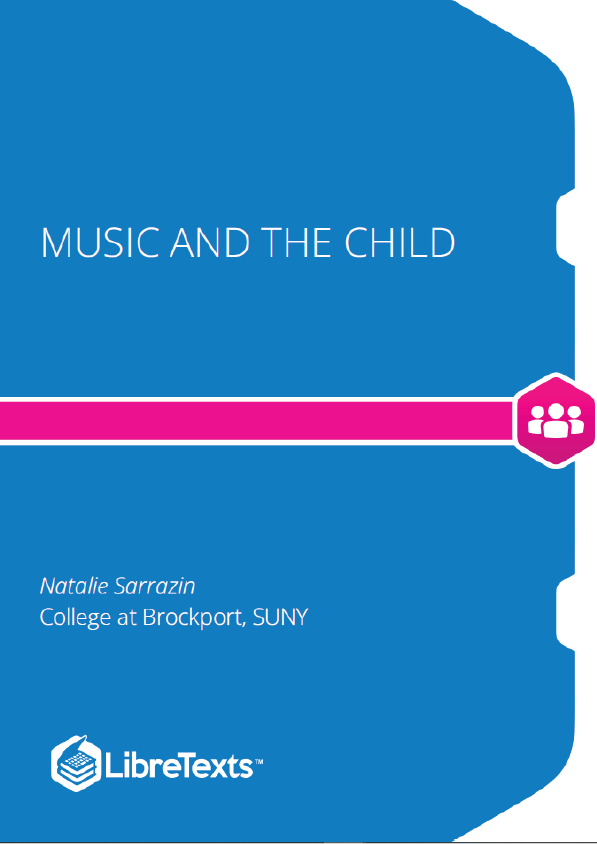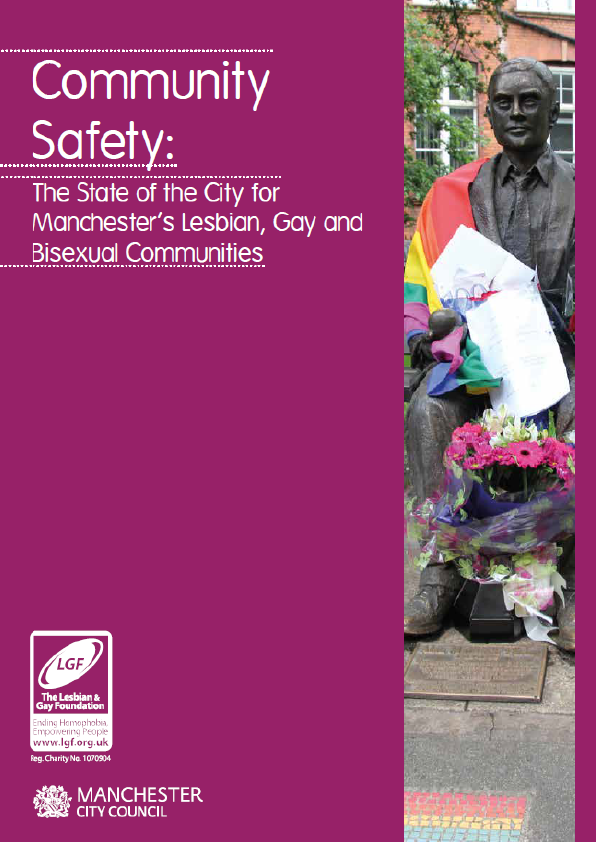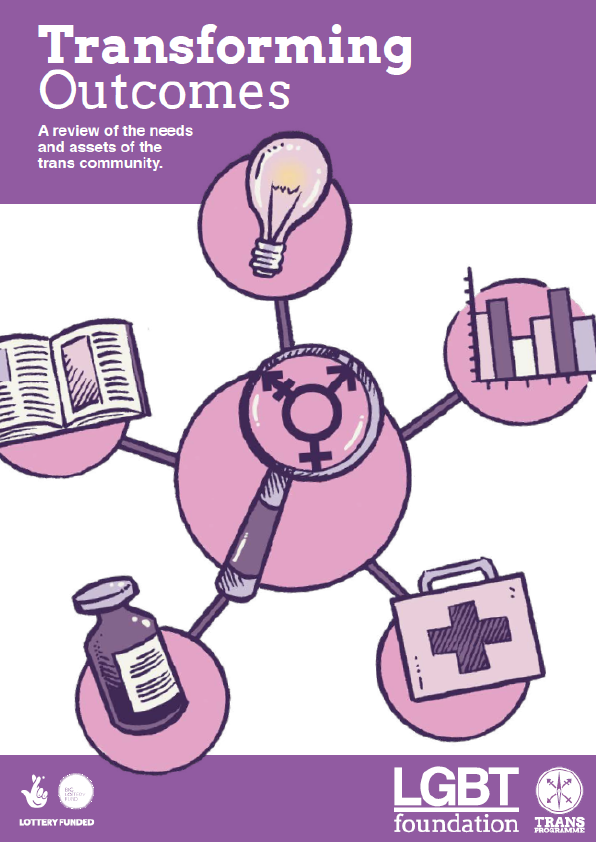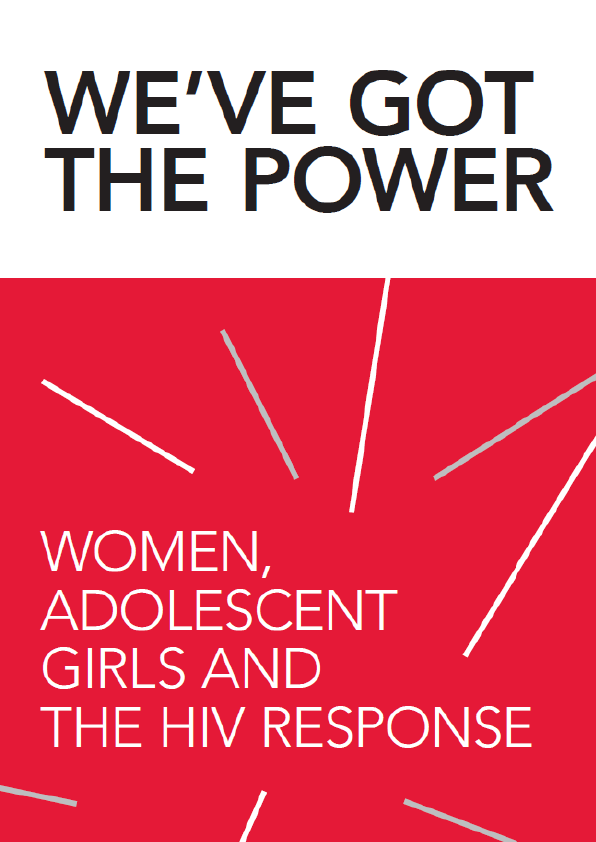This book explores a holistic, artistic, and integrated approach to understanding the developmental connections between music and children. This book guides professionals to work through music, harnessing the processes that underlie music learning, and outlining developmentally appropriate methods to understand the role of music in children’s lives through play, games, creativity, and movement.
Perspectives and Approaches
Chapter Summary: Children are inherently musical. They respond to music and learn through music. Music expresses children’s identity and heritage, teaches them to belong to a culture, and develops their cognitive well-being and inner self-worth. As professional instructors, childcare workers, or students looking forward to a career working with children, we must continuously search for ways to tap into children’s natural reservoirs of enthusiasm for singing, moving, and experimenting with instruments. But how, you might ask? What music is appropriate for the children I’m working with? How can music help inspire a well-rounded child? How do I reach and teach children musically? Most importantly, perhaps, how can I incorporate music into a curriculum that marginalizes the arts?
Over the past several decades, educators, world leaders, and theorists have produced a slurry of manifestos, visions and statements on what education should look like in the 21st century. Organizations such as Partnership for 21st century Learning (http://www.p21.org/) and The Center for Public Education (CPE) suggest ways to teach such skills to prepare students for the challenges ahead (see the CPE’s executive summary on the topic). The results favor integrative and holistic approaches that support the ideals of what a skilled 21st century student should know.
In this book, we will explore a holistic, artistic, integrated, and forward-thinking 21st-century approach to understanding the developmental connections between music and children. Rather than teaching children about music, this book will guide professionals to work through music, harnessing the processes that underlie music learning, and outlining developmentally appropriate methods to understand the role of music in children’s lives through play, games, creativity, and movement. Additionally, in this book we will explore ways of applying music-making to benefit the whole child, i.e., socially, emotionally, physically, cognitively, and linguistically.
One of the challenges facing teachers’ use of the arts concerns a curriculum encumbered by a need to “teach to the test,” both at the state and federal levels. This trend began in the 1990s with an educational reform movement that stressed teacher accountability. Measurements through testing became accepted and standardized under the No Child Left Behind Act (2001) and also under the new Common Core State Standards Initiative currently being implemented. National and state laws and a trend toward teaching and testing “core subjects” reshape social perceptions and create a permanent culture that continually marginalizes the arts in the curriculum. The result impacts teacher perceptions regarding the incorporation of the arts in their lessons as there is a sense that using the arts is somehow a diversion that will take away classroom time from what are considered more “worthy” subjects. The arts, however, can be used effectively to augment this method, motivating students and appealing to their innate artistry and humanity.











